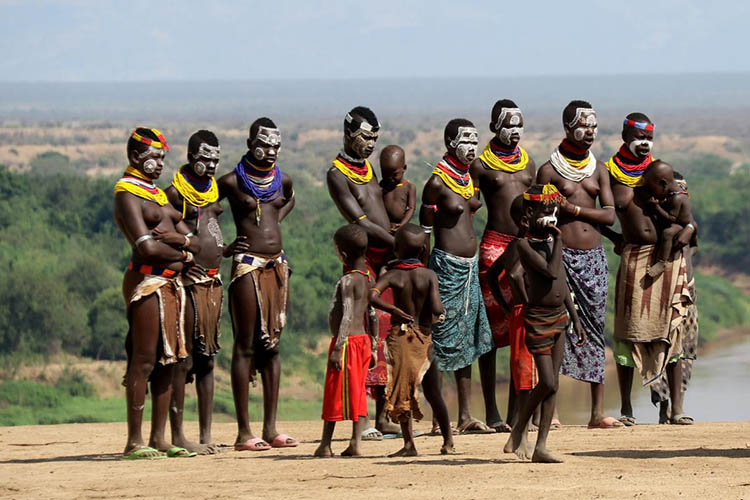- Home
- Tribes Of Omo Valley
Tribes Of Omo Valley
Suri Tribe
The Suri are a traditionally pastoral tribe on the west bank of the Omo River, with a culture centred around cattle. However, in recent times the Suri are relatively settled and also carry out agriculture and cultivation of grains. Cattle bring status to Suri people, and are a direct measure of a person’s wealth. Their tribe’s population is roughly 7,500 in total, with individual villages ranging from 40 to 2,500 people.
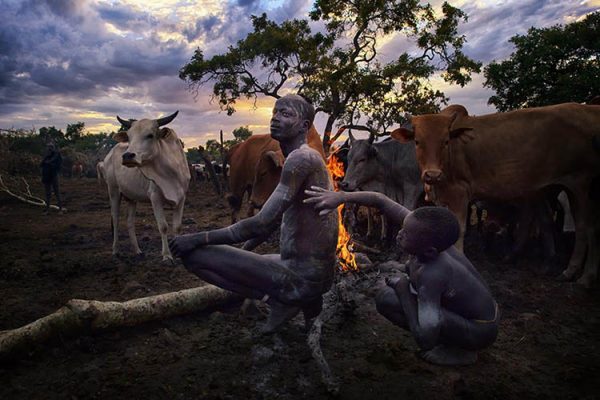
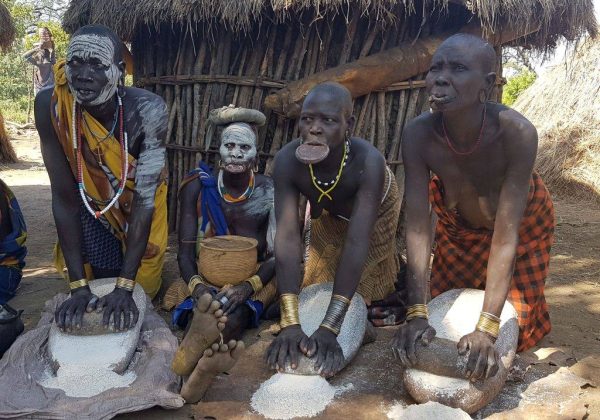
Mursi Tribe
The Mursi are one of the better-known tribes of the Omo Valley, with a population of around 8,000. They are described as being a traditionally migratory community, although in reality they only move from the banks of the Omo in the dry season to the grasslands during the rainy season.
Hamer Tribe
The Hamar tribe live in an area east of the Omo River and have villages in Turmi and Dimeka. Their huts are made up of wood, straw, and mud with sloping roofs.
One of the most recognisable features of the Hamar women is their hair. They fix their hair in short, dense ringlets and mix in butterfat and red ochre to give it a characteristic dark red colour. Colourful bracelets are also worn around their waists and arms, in addition to shells adorning the edges of their goatskin dresses.
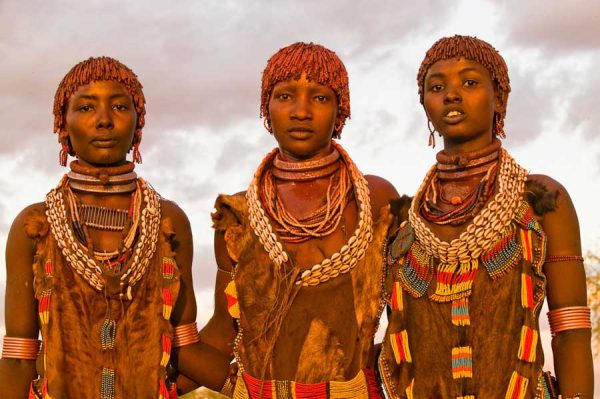
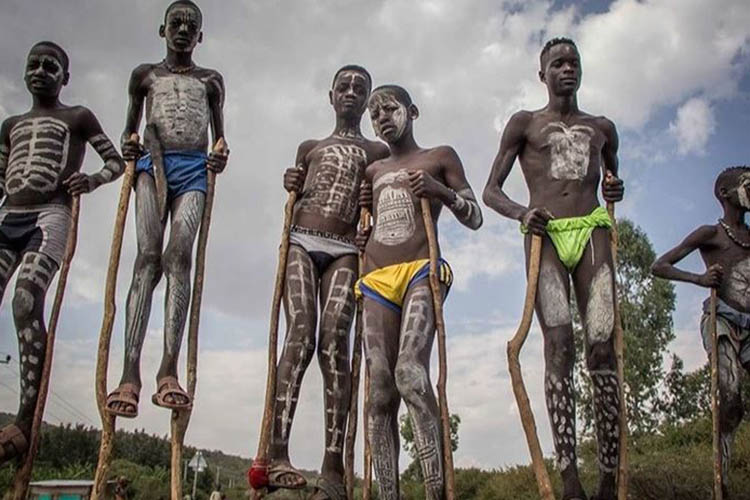
Banna Tribe
The Banna tribe are a semi-nomadic pastoral population of around 10,000 living near the Kenyan border. Their history is linked to that of the Hamar tribe as well, leading to a similar language and culture. Their livelihoods are centred around breeding cattle, sheep, and goats, and during the dry season they also collect and sell wild honey at local tribal markets.
Kara (Karo) Tribe
The Kara are a semi-nomadic tribe, and one of the smallest ethnic groups in the Omo Valley with a population between 1,000 and 3,000. They are found on the eastern shore of the Omo River and are related to the Hamar tribe. It is thought that previously the Kara and Hamar were part of the same tribe, which then separated in search for better lands. Due to this history, the Omotic language of the Kara people is linguistically very similar to that of the Hamar, and they share many cultural traditions.
